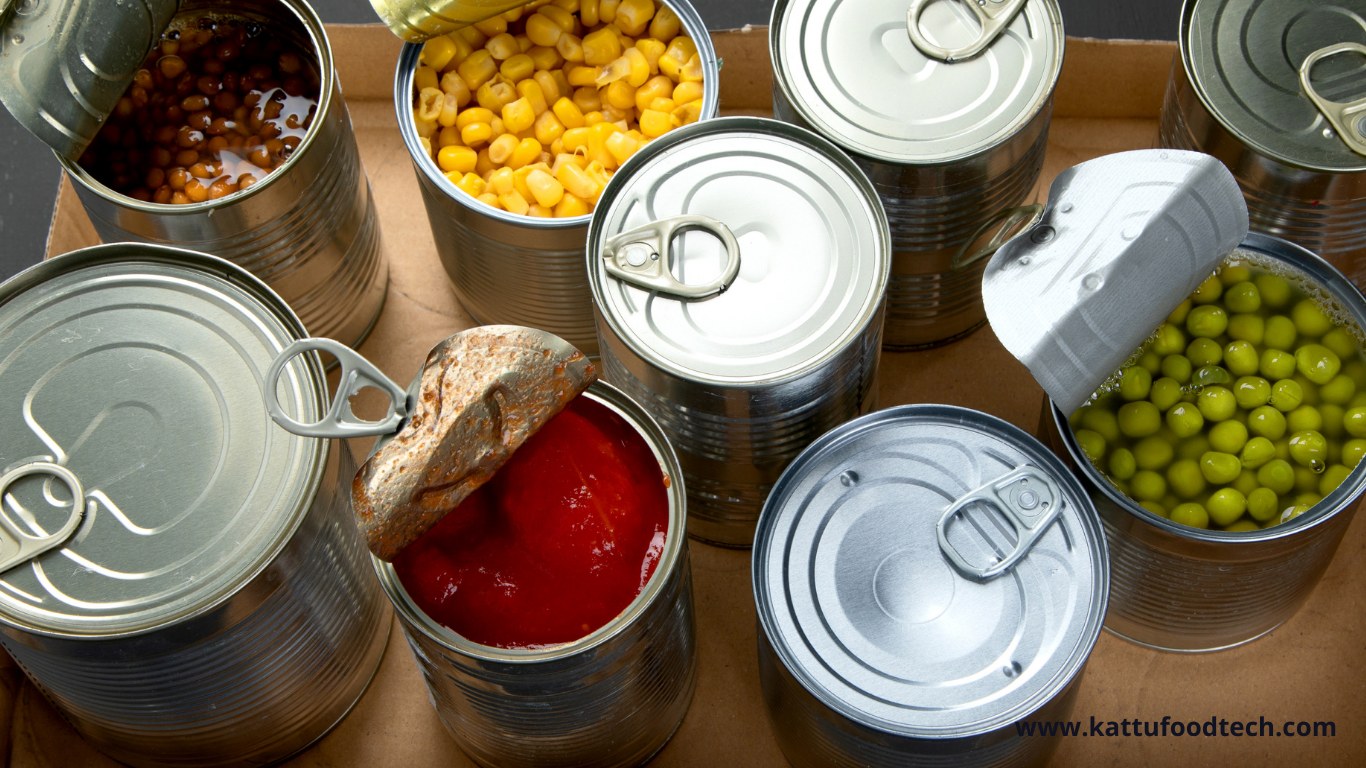Currently Empty: $0

Food Science & Technology Quiz (10-05-2022)
Q1. Which one is not an example of a non-thermal method of food preservation?
- Canning
- MAP
- HPP
- Irradiation
ANSWER: A. Canning
- Explanation: Canning is a method of thermal food preservation in which a food product and its container are economically sterilized, resulting in shelf-stable contents for extended periods. Traditional canning and aseptic processing are the two forms of canning. High temperatures are used to destroy germs during the canning process, and the steam created saturates the headspace above the food, which subsequently condenses upon cooling and forms a vacuum.
READ MORE – Food Science & Technology Quiz (10-04-2022)
Q2. Ultraviolet (UV), non-ionizing radiation, is a powerful bactericidal agent and _______ nm is very powerful.
- 220
- 260
- 300
- 320
ANSWER: B. 260
- Explanation – UVC light has been found to have a bactericidal effect. UV radiation has a wavelength of 260 nm, which damages bacterial DNA by producing pyrimidine (6–4) pyrimidone photoproducts and cyclobutane pyrimidine dimers. DNA damage also causes transcription and replication to be slowed, eventually leading to cell death.
READ MORE – Food Science & Technology Quiz (30-03-2022)
Q3. Red color or bloody spoilage is rare in occurrence in bakery products. The development of red spots on the surface of bakery products is due to the growth of pigmented bacteria____________.
- Serratia marcescens
- Lactobacillus brevis
- Lactobacillus fermentum
- Lactobacillus casei
ANSWER – A. Serratia marcescens
- Explanation: Red or bloody bread is a unique type of bread deterioration caused by the bacteria Serratia marcescens. On starchy foods, this bacteria generates a vivid crimson color that resembles blood. During the deterioration of bread, Neurospora and Geotrichum may also play a role in imparting color.
READ MORE – Food Science & Technology Quiz (20-04-2022)
Q4. The black spot occurred in meat is usually developed by ______________.
- Salmonella
- Cladosporium herbarum
- Lactobacillus
- Klebsiella
ANSWER: B. Cladosporium herbarum
- Explanation: At a temperature of 6° C., some Cladosporium herbarum strains develop from spores and produce large growths, including conidiophores, when stored for lengthy periods. The growth of these molds on the flesh is only superficial, and the mycelium of “Black Spot” only penetrates to a depth of 4 mm. These fungi do not impart harmful qualities to the meat, and therefore do not render it unfit for consumption unless they are paired with putrefactive bacteria.
READ MORE – Food Science & Technology Quiz (18-03-2022)
Q5. Van Ermengem, 1896 discovered _________ as main spoilage organism in canned food.
- Clostridium botulinum
- Bacillus
- Lactobacillus
- Proteus
ANSWER: A. Clostridium botulinum
- Explanation – Emile van Ermengem identified and isolated C. botulinum from home-cured ham implicated in a botulism outbreak in 1895. Bacillus botulinus was given to the isolate after the Latin term for sausage, botulus. However, because anaerobic spore-forming rods were invariably identified in isolates from future outbreaks, Ida A. Bengtson advocated that the organism be placed in the genus Clostridium, as the genus Bacillus was restricted to aerobic spore-forming rods.
READ MORE – Food Science & Technology Quiz (09-05-2022)

 0
0

